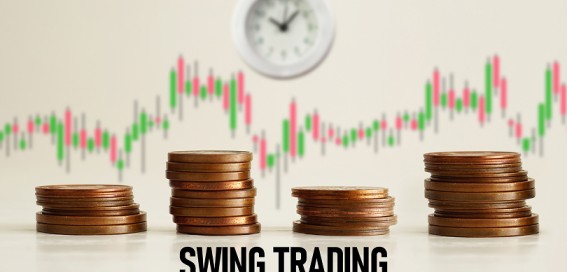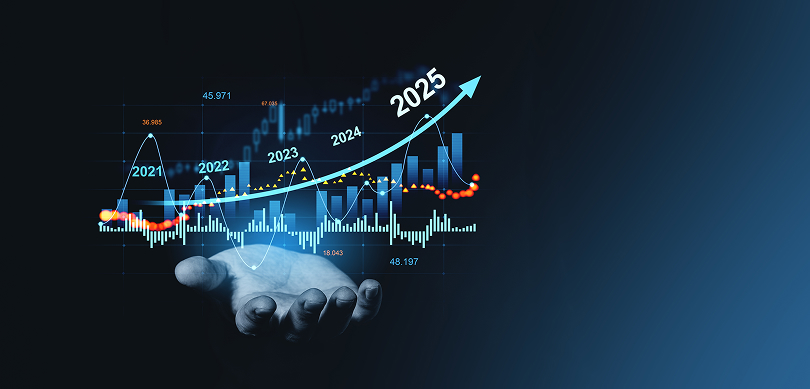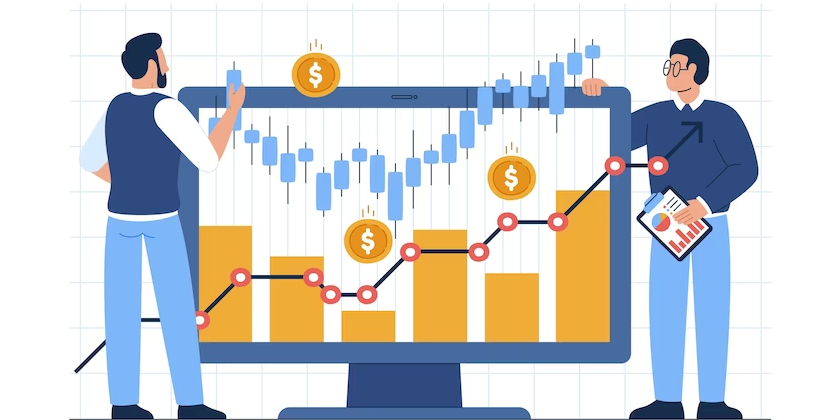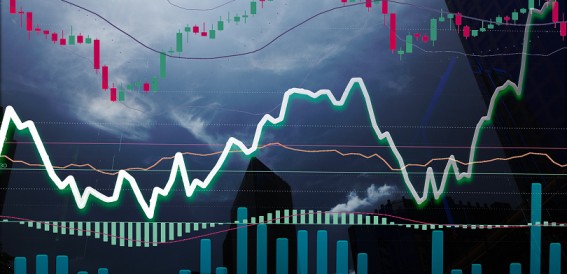- Last Updated: Jun 07,2024 |
- Religare Broking
When it comes to trading in financial markets, various terms and metrics are used to measure the activity and interest in a particular asset. Two commonly used terms are open interest and volume.
While both these terms may seem similar, they represent different aspects of market activity. Understanding the difference between open interest and volume is crucial for investors and traders to make informed decisions and analyse market trends.
Understanding open interest and volume helps traders gauge market activity. Open interest reflects outstanding contracts, while volume shows daily trades. They offer clues about liquidity. Open a free demat account to practice analyzing this data before risking real capital.
- What is Open Interest?
- What is Volume or Trading Volume?
- Open Interest vs Volume: Key Differences
- Open Interest vs Volume: Key Limitations
- Conclusion
Topics Covered:
What is Open Interest?
Open interest is the total count of outstanding derivative contracts, such as futures and options, that remain open or unsettled at any given time. This metric differs fundamentally from volume, which indicates the total number of contracts traded over a specific period, such as a day. While volume provides a snapshot of a day's trading activity, open interest offers a broader view of the market's ongoing engagement.
The unique aspect of open interest is that it focuses solely on active contracts. This specificity makes it an indispensable tool for traders and analysts, offering insights into market participation levels and trends. High open interest suggests that many positions are currently open in the market, indicating a potentially strong interest in a financial instrument. Conversely, low open interest might indicate a lack of participation or dwindling interest in a particular market.
Moreover, open interest can provide valuable insights into market sentiment and possible price movements. For instance, rising open interest and prices can indicate a bullish sentiment, with more investors entering the market and buying positions. On the other hand, increasing open interest in a declining market might suggest a bearish sentiment, with more investors entering short positions.
Analysing changes in open interest alongside price movements and volume can provide a more comprehensive picture of market dynamics, allowing traders to assess potential opportunities and risks more accurately.
Must Read About: Demat AccountWhat is Volume or Trading Volume?
Volume, or trading volume, is a key metric used in financial markets to measure the total number of shares or contracts traded within a specified period. It provides valuable information about the activity level and liquidity in a particular market or security.
The volume reflects the interest and participation of traders, indicating the level of buying and selling pressure. High volume often accompanies significant price movements, suggesting a strong level of market interest and potential for price volatility. On the other hand, low volume may indicate a lack of market interest or a period of consolidation.
Traders and investors use volume as an important technical indicator to confirm trends, identify potential reversals, and gauge the overall strength of market movements. By analysing volume patterns alongside price action and other technical indicators, traders can make more informed decisions and effectively manage their positions.
Open Interest vs Volume: Key Differences
Understanding the difference between open interest and volume is vital for analysing financial markets effectively. These metrics offer distinct insights into market activities and trends, which are crucial for traders and investors.
Open interest is a term specific to the world of derivatives trading. It refers to the total number of outstanding contracts, such as futures or options, that remain open at the end of a trading day and have not yet been settled or delivered.
This figure represents the number of active contracts in the market. It is a key indicator of the market's ongoing commitment to a particular financial instrument. A change in open interest can significantly influence market dynamics, as it reflects money flow into and out of the market.
Meanwhile, volume is closely monitored for its ability to reflect the degree of interest and participation of traders in the market. High trading volume is often associated with significant price movements, suggesting robust market interest and potentially heightened market volatility.
On the other hand, low trading volume may point to reduced interest or a consolidation phase in the market. Traders utilise volume as a crucial technical indicator to confirm existing market trends, identify potential price reversals, and gauge the overall market movement's strength. So, while both open interest and volume offer valuable insights into market activities, they serve different analytical purposes.
| Aspect | Open Interest | Volume |
| Definition | Total number of outstanding contracts not yet settled or closed. |
Total number of contracts or shares traded in a given period. |
| Indication | Reflects the level of market commitment and ongoing interest. |
Indicates current market activity and liquidity. |
| Trend Analysis | Helpful in understanding longer-term trends and market commitments. |
Useful for confirming current trends and assessing market strength. |
| Market Dynamics | Influences market dynamics through the flow of new positions. |
Reflects immediate trading activity and potential volatility. |
| Usage | Used for gauging long-term market interest and potential new trends. |
Employed to confirm market trends and detect potential reversals. |
Open Interest vs Volume: Key Limitations
While open interest and volume can be useful indicators in market analysis, recognise their limitations in certain scenarios.
-
Open Interest's Ambiguity in Market Trend Analysis
Open interest may not accurately reflect market trends. Open interest levels can remain stable during low trading or market uncertainty periods, potentially misrepresenting the true market sentiment.
-
False Impressions from Constant Open Interest
A steady open interest during market indecision can give a misleading impression of stability or ongoing interest, hiding underlying market dynamics.
-
Volume Misinterpretations in Illiquid Markets
In markets lacking liquidity, volume can be misleading. A single large transaction can disproportionately increase the volume, giving an inaccurate view of the general market activity.
-
Volume Inflation by Large Trades
Large trades in illiquid markets can inflate volume figures, leading to erroneous conclusions about the overall market participation and interest.
9 Steps to Apply for Buyback Shares
-
Volume Susceptibility to Short-term Factors
Market volume is often influenced by immediate factors like news events or prevailing technical trading patterns. These influences can skew the perception of market strength or weakness.
-
Comprehensive Analysis Necessity
To gain an accurate market understanding, analysing open interest and volume in conjunction with other market indicators is crucial. Reliance on these metrics alone can result in incomplete or skewed market analysis.
-
Interpreting Volume and Open Interest Together
For informed trading decisions, it's important to interpret open interest and volume alongside other indicators such as price movements, market news, and economic indicators. Exploring option trading strategy can further enhance your understanding and proficiency in navigating the complexities of the market.
-
Cross-Referencing with Other Indicators
Cross-referencing open interest and volume data with other market indicators provides a more rounded and accurate picture of market conditions and potential trends.
Conclusion
The goal is to understand the difference between open interest and volume. While volume measures the number of shares traded in a specific period, open interest reflects the number of currently open contracts. Both are important market activity indicators and can provide valuable insights into price movements. By knowing the distinctions between these two metrics, traders can make more informed decisions and improve their trading strategies.

















